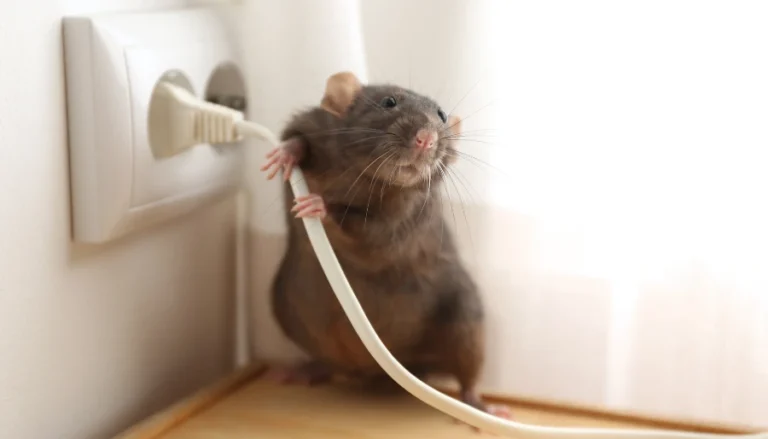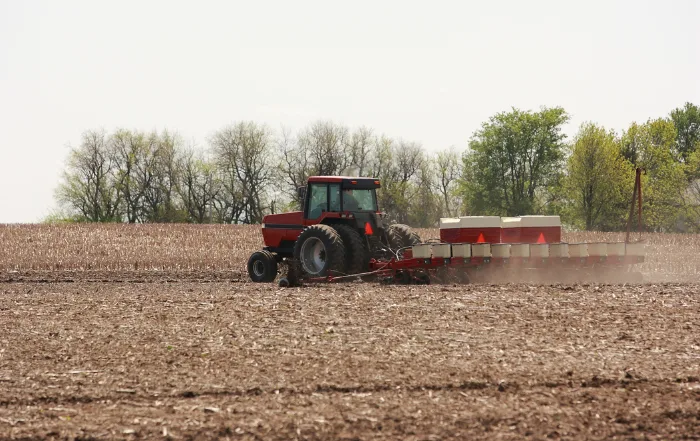Over the past 160 years, the Midwestern United States has suffered the loss of a staggering 57.6 billion tons of topsoil due to conventional farming practices. Despite efforts to mitigate erosion following the U.S. Department of Agriculture’s guidelines, the rate of soil loss remains 25 times higher than the rate at which topsoil naturally forms.
However, a recent study by researchers from the University of Massachusetts Amherst brings hope, suggesting that widespread adoption of no-till farming could extend soil fertility for several centuries, with far-reaching implications for food security and climate change mitigation.
Topsoil, known scientifically as A-horizon soil, is the foundation for growing the food we rely on. This carbon-rich layer of soil nurtures a wide range of crops, from watermelons to brussels sprouts. While erosion is commonly associated with wind or water, it is conventional agriculture that has been the primary driver of soil erosion in the midwestern U.S., as revealed by the research conducted by Jeffrey Kwang and his colleagues.
The Geomorphology Research Group at UMass Amherst has been at the forefront of soil science, uncovering alarming trends in soil loss.
Their initial study showed that nearly one-third of the Midwest’s Corn Belt, encompassing around 30 million acres, has already lost its carbon-rich topsoil. They attributed this erosion to contemporary tillage practices, where plows move topsoil from higher to lower elevations. Unfortunately, the USDA’s assessments have failed to consider erosion caused by tillage, resulting in a significant oversight.
Further research by the team demonstrated that the Midwest has lost a staggering 57.6 billion metric tons of soil since Euro-American cultivation began, a rate almost double what the USDA deems sustainable.
On top of that, they found that Midwestern soil erodes between 10 and 1,000 times faster than it did before agriculture, significantly exceeding the USDA’s upper limit for sustainable erosion.
Building upon their historical insights into erosion rates, the researchers used the current erosion rate driven by tillage to model various future scenarios.
They projected that if current agricultural practices remain largely unchanged, the Midwest will lose approximately 8.8 billion metric tons of soil and 170 million metric tons of soil organic carbon over the next century alone.
However, when the team modeled a scenario with 100% adoption of no-till farming, the results were remarkably positive.
Adopting no-till practices could prevent approximately 95% of the erosion projected under the business-as-usual scenario in the next century.
In other words, the soil conservation benefits are so significant that it would take 10,000 years to reach the same level of soil and carbon loss that would occur in just a century without changes to agricultural practices.
Furthermore, the rate of soil loss decreases over time, with diminishing losses as the pool of soil and organic carbon reduces. This provides a strong incentive for immediate action to maximize long-term benefits.
Preserving topsoil is not only critical for agriculture, but also has implications for climate change. Soil represents the largest terrestrial carbon pool, and accelerated erosion can significantly impact the global carbon cycle.
More To Discover
- New Catalyst Breaks Down Nylon-6 Plastic Pollution Rapidly and Sustainably, Including 46% of Great Pacific Garbage Patch
- Sustainable Seafood Dreams Meet Walmart Reality (And Checkbook)
- Mysterious Respiratory Illness in Dogs Reported Across Multiple US States
- Alarmingly High Deforestation for Rubber Plantations Surpasses Previous Estimates
Current climate models often overlook the slowing erosion rates over time, necessitating a more accurate understanding to effectively prepare for the future and inform predictions of climate patterns.
By embracing no-till farming practices on a large scale, we can safeguard the fertility of the US breadbasket for centuries to come. This transformation in agricultural practices presents a promising opportunity to secure our food production systems while mitigating the effects of climate change. It is a crucial step toward ensuring a sustainable and resilient future for agriculture and the environment.






















